Market Growth Projections
The Global Disposable Batteries Market Industry is projected to experience steady growth over the next decade. With a market value of 30.1 USD Billion in 2024, it is anticipated to reach 41.1 USD Billion by 2035. This growth represents a compound annual growth rate of 2.88% from 2025 to 2035. Such projections indicate a favorable outlook for the industry, driven by various factors including technological advancements, increased consumer demand, and regulatory support for sustainable practices. The market's trajectory suggests that it will continue to evolve, adapting to changing consumer preferences and technological innovations.
Growth of the E-commerce Sector
The expansion of the e-commerce sector is a significant driver for the Global Disposable Batteries Market Industry. As online shopping continues to gain traction, the demand for disposable batteries for various products, including toys and gadgets, is likely to increase. E-commerce platforms provide consumers with easy access to a wide range of battery options, enhancing convenience and choice. This trend is expected to contribute to the overall market growth, as more consumers turn to online channels for their battery needs. The convenience of purchasing batteries online aligns with the fast-paced lifestyle of modern consumers, further propelling market demand.
Increased Use in Medical Devices
The Global Disposable Batteries Market Industry is experiencing growth due to the rising use of disposable batteries in medical devices. As healthcare technology advances, there is a growing need for portable and reliable power sources for devices such as glucose monitors, hearing aids, and portable diagnostic equipment. The demand for these batteries is likely to increase as the healthcare sector continues to innovate and expand. This trend not only highlights the importance of disposable batteries in critical applications but also suggests a stable growth trajectory for the market, driven by the ongoing advancements in medical technology.
Rising Demand for Portable Electronics
The increasing prevalence of portable electronic devices such as smartphones, cameras, and remote controls is driving the Global Disposable Batteries Market Industry. As consumers seek convenience and mobility, the need for reliable power sources becomes paramount. In 2024, the market is projected to reach 30.1 USD Billion, reflecting the growing reliance on disposable batteries for everyday gadgets. The trend suggests that as technology evolves, the demand for lightweight and efficient batteries will continue to rise, potentially leading to a compound annual growth rate of 2.88% from 2025 to 2035. This scenario indicates a robust market trajectory fueled by consumer electronics.
Technological Advancements in Battery Chemistry
Innovations in battery chemistry are significantly impacting the Global Disposable Batteries Market Industry. Advances in lithium-ion and alkaline battery technologies are leading to improved energy density, longer shelf life, and enhanced performance. These developments are crucial as they allow manufacturers to produce batteries that meet the evolving needs of consumers and devices. The introduction of new materials and manufacturing processes may also reduce costs and environmental impact. As a result, the market is expected to benefit from these technological advancements, potentially contributing to a market value of 41.1 USD Billion by 2035, indicating a strong growth trajectory.
Environmental Regulations and Sustainability Initiatives
The Global Disposable Batteries Market Industry is increasingly influenced by stringent environmental regulations aimed at reducing waste and promoting sustainability. Governments worldwide are implementing policies that encourage recycling and the responsible disposal of batteries. This regulatory landscape may drive innovation in battery design and materials, leading to more eco-friendly options. As consumers become more environmentally conscious, the demand for sustainable disposable batteries is likely to increase. This shift not only aligns with regulatory requirements but also caters to a growing market segment that prioritizes sustainability, thereby enhancing the industry's growth potential.
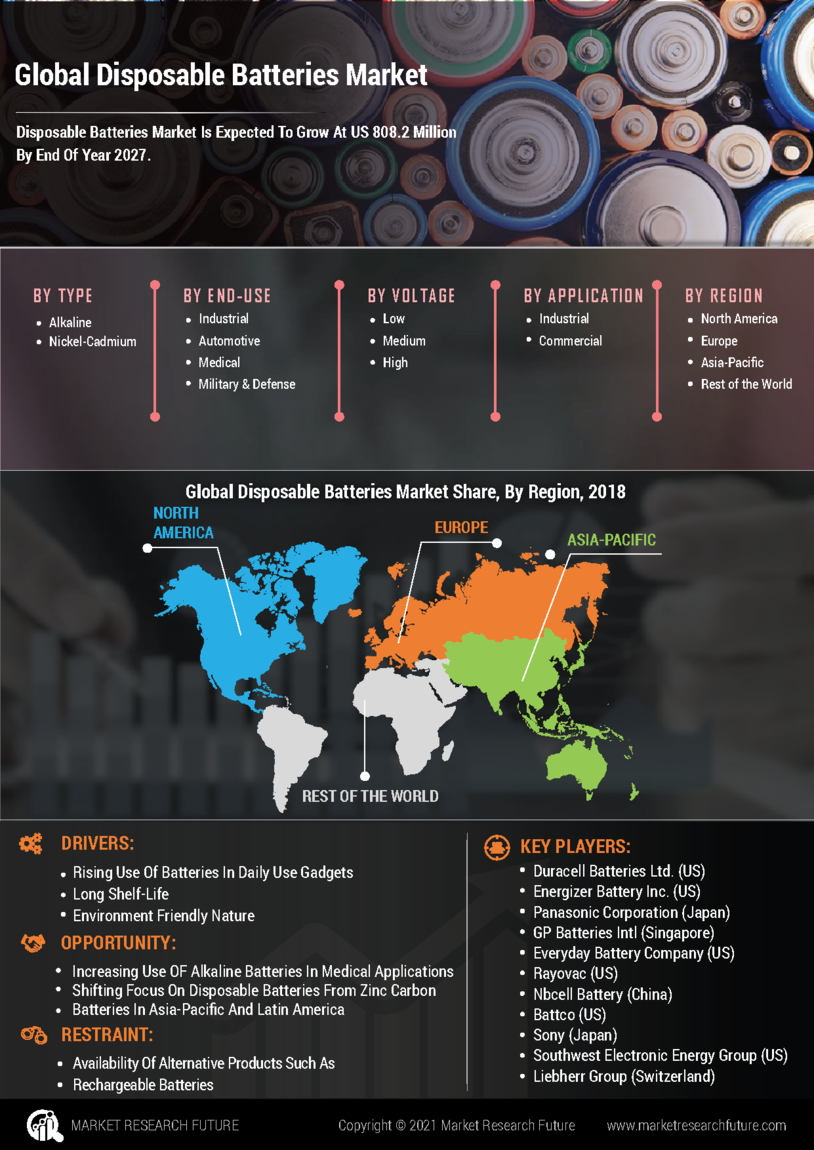

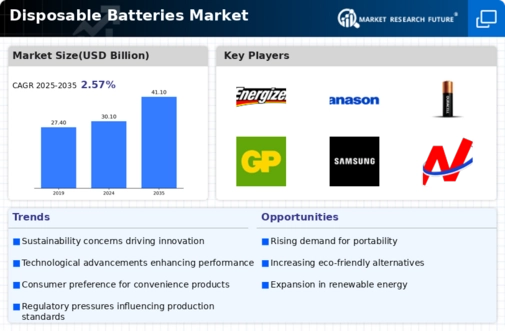
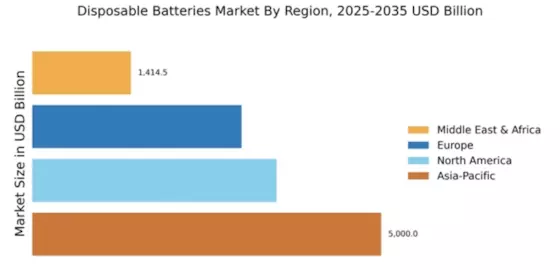
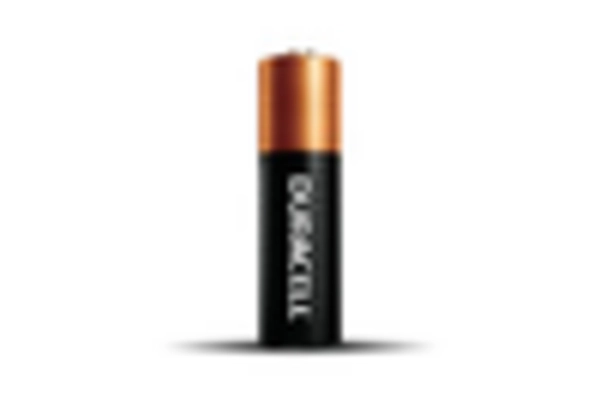
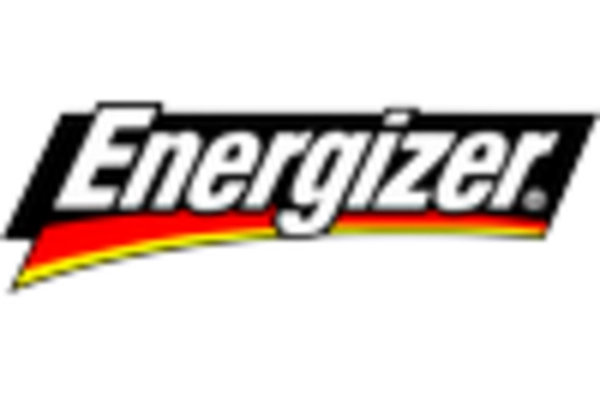
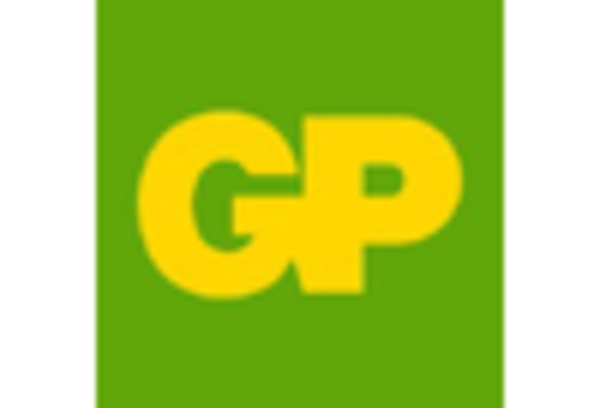
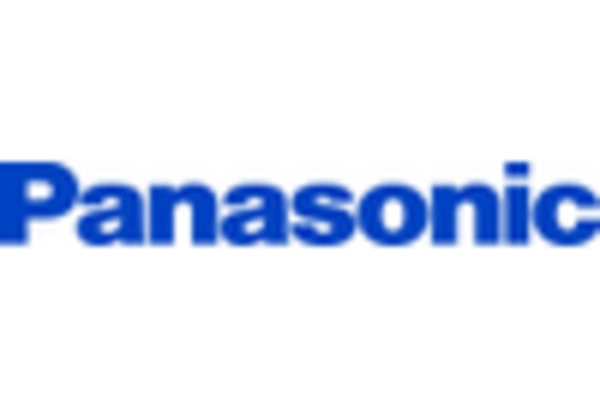
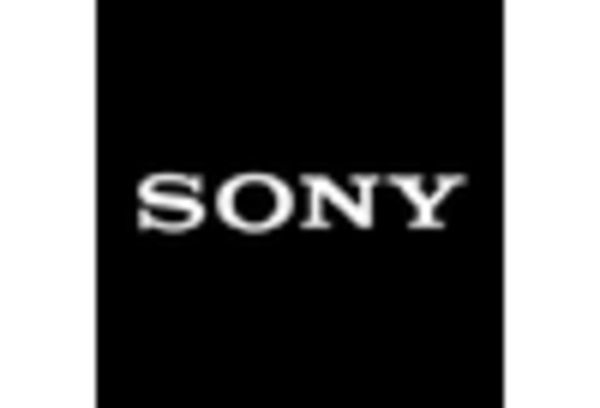
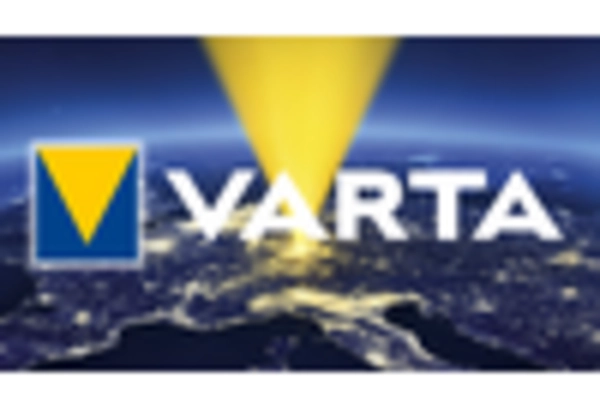








Leave a Comment